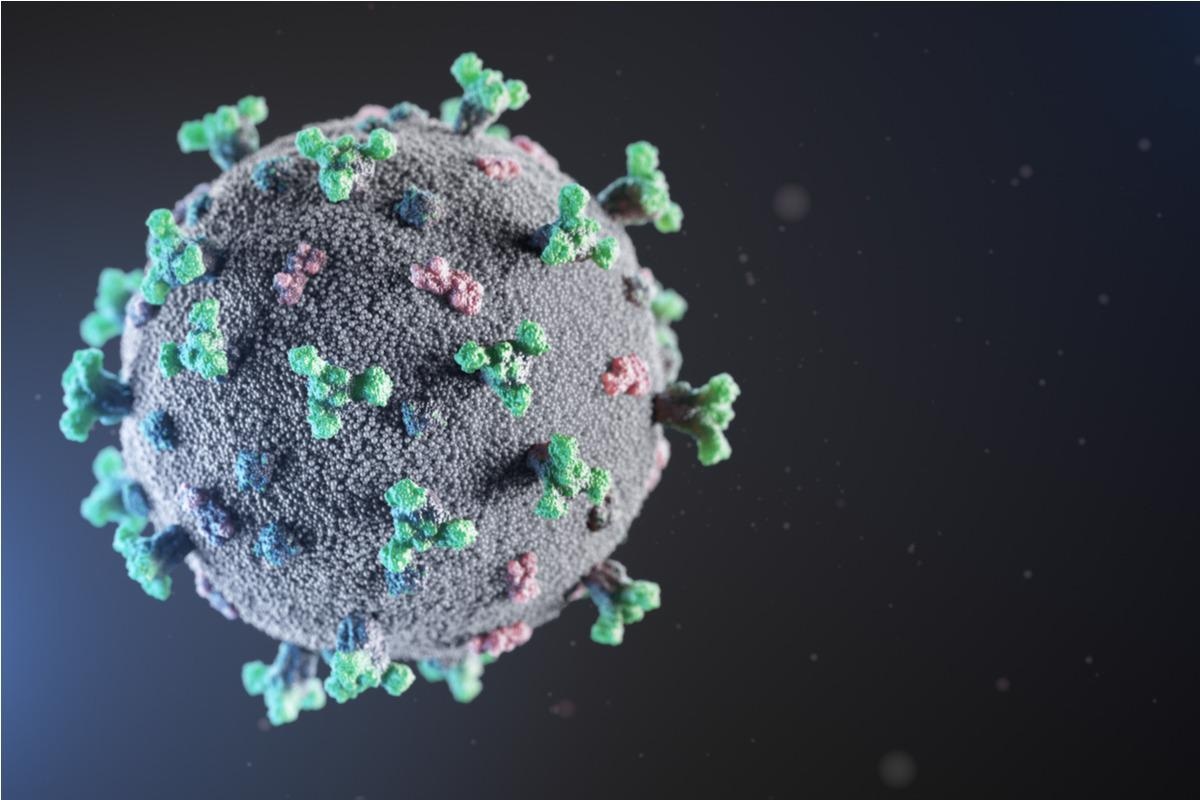In a review article recently published in the journal of Signal Transduction and Targeted Therapy, a team of researchers from China summarized the representative structures of severe acute respiratory syndrome coronavirus 2 (SARS-CoV-2) proteins and discussed the development of novel therapeutic agents for targeting these proteins to treat and prevent coronavirus-disease 2019 (COVID-19).
 Study: Structural biology of SARS-CoV-2: open the door for novel therapies. Image Credit: creativeneko/Shutterstock
Study: Structural biology of SARS-CoV-2: open the door for novel therapies. Image Credit: creativeneko/Shutterstock
The emergence of multiple SARS-CoV-2 mutants by various competitive processes such as reading frame shifts and replication errors of the virus, gene re-edit, and recombination induced by host adaptive immune response, and natural selection makes it critical to identify alternative targets and develop more broad-spectrum drugs against COVID-19. Structural biology can be used to study the pathogenic mechanism of SARS-CoV-2 and provides theoretical information for therapeutic drug development and optimization.
Study
The researchers of the present study collectively identified different SARS-CoV-2 proteins. The transmembrane SARS-CoV-2 spike (S) protein protrudes from the viral surface recognizing the host angiotensin-converting enzyme 2 (ACE2) mediating viral entry into host cells. Host proteases cleaved S protein into two subunits - a receptor-binding fragment (S1) and a fusion fragment (S2).
The S1 subunit consists of an N-terminal domain (NTD), a receptor-binding domain (RBD) including a receptor-binding motif (RBM), and the C-terminal domains (CTDs) composed of CTD1 and CTD2. The S2 subunit is divided into the fusion peptide (FP), fusion-peptide proximal region (FPPR), heptad repeat 1 (HR1), central helix (CH), connector domain (CD) residues, heptad repeat 2 (HR2), transmembrane segment (TM), and cytoplasmic tail (CT).
Mutations in the NTD, RBD, and CTD region of the S protein viral genome led to the emergence of variants of concern (VOCs; Alpha, Beta, Gamma, Delta, and Omicron) and variants of interest (VOIs: Epsilon, Zeta, Eta, Lota, Theta, Kappa, Lambda, and Mu) with essential mutations including L452R, E484K/Q, N501Y, D614G, and P681H/R. Potential antibodies targeting the S protein have been developed, including NBD-, RBD-, and S2- directed antibodies. RBD-directed antibodies can be classified into seven communities (RBD-1 to RBD-7) by using epitope landscape.
The SARS-CoV-2 nucleocapsid (N) protein participates in viral replication and assembly and interferes with the interferon pathway of the host. The N protein has higher sequence conservation, is less prone to mutation, induces a stronger protective immune response in the host, and is a potential target for diagnosis. It is divided into the NTD, CTD, and a flexible linker, which is rich in serine/arginine (SR) and leucine/glutamine (LQ) residues, and SR regions play an essential role in primary phosphorylation. N protein binds to viral ribonucleic acid (RNA) and forms a ribonucleoprotein complex (RNP).
SARS-CoV-2 encodes a transmembrane envelope (E) protein, including the N-terminal ectodomain, TMD, and CTD. E proteins form the cation-selective channel in the endoplasmic reticulum-Golgi intermediate compartment (ERGIC). It aids in viral assembly, budding, and virulence and induces the host NACHT, LRR, and PYD domain-containing protein 3 (NLRP3) inflammasome.
The SARS-CoV-2 membrane glycoprotein (M) is the main constituent of the viral envelope and maintains virion size and shape. The M protein interferes with the host immune response through antagonism of interferon. Only the predicted structure of M-protein is available, which is similar to the prokaryotic semiSWEET sugar transport protein containing three transmembrane helix bundles.
M proteins comprise several motifs like aromatic-X-X-aromatic regions related to the dimerization of the M protein and the di-leucine motif located at the C-terminal tail of the M protein and interact with the N protein. Multiple cytotoxic T-lymphocyte (CTL)-related epitopes of M protein have been identified by human leukocyte antigen (HLA) molecules, such as Mn2 and Md3, located in the TM region. They all stimulate the host to produce a specific CD8+ T cell immune response.
SARS-CoV-2 encodes 16 non-structural proteins (Nsp1–Nsp16), which form the replication and transcription complex (RTC). Nsp3, Nsp4, and Nsp6 – the transmembrane proteins - induce the formation of double-membrane vesicles (DMVs) by the hijacking and rearrangement of the host endoplasmic reticulum membrane
According to the study, SARS-CoV-2 encodes nine accessory proteins - open reading frames 3a (ORF3a), ORF3b, ORF6, ORF7a, ORF7b, ORF8, ORF9b, ORF9c, and ORF10 - which play an important role in virus-host interactions, affecting innate immunity of the host, apoptosis, autophagy, and virulence. So targeting these accessory proteins to interfere with virus-host interactions is also a novel approach for treating COVID-19.
The ORF3a protein attaches to host heme oxygenase (HMOX1) which exerts important anti-inflammatory effects through the NLRPS pathway. Compounds inhibiting the interaction of ORF3a with HMOX1 is an effective strategy for COVID-19 treatment. The ORF7a protein is an important therapeutic target against COVID-19 and activates nuclear factor kappa B (NF-Κb) signaling. It inhibits the formation of type-I interferon and blocks signal transducer and activator of transcription (STAT2) phosphorylation.
ORF8 is a multifunctional protein that induces host cell apoptosis, suppresses the host innate immune response by downregulating the class I major histocompatibility complex (MHC-I)-mediated viral antigen presentation, and functions as an antagonist of type-I interferon (IFN). Therefore, ORF8 is considered a potential antiviral target.
Conclusion
The severity of the ongoing COVID-19 pandemic has highlighted an urgent need to develop effective therapeutic antiviral drugs, vaccines, and antibodies. This study summarizes the representative protein structures of SARS-CoV-2, structure-based drug design using these proteins, and potential therapeutic drugs that target SARS-CoV-2 proteins. This review provides theoretical insights and opens the door to mitigating the current COVID-19 pandemic and potential future COVID-19 outbreaks owing to numerous emerging SARS-CoV-2 variants.